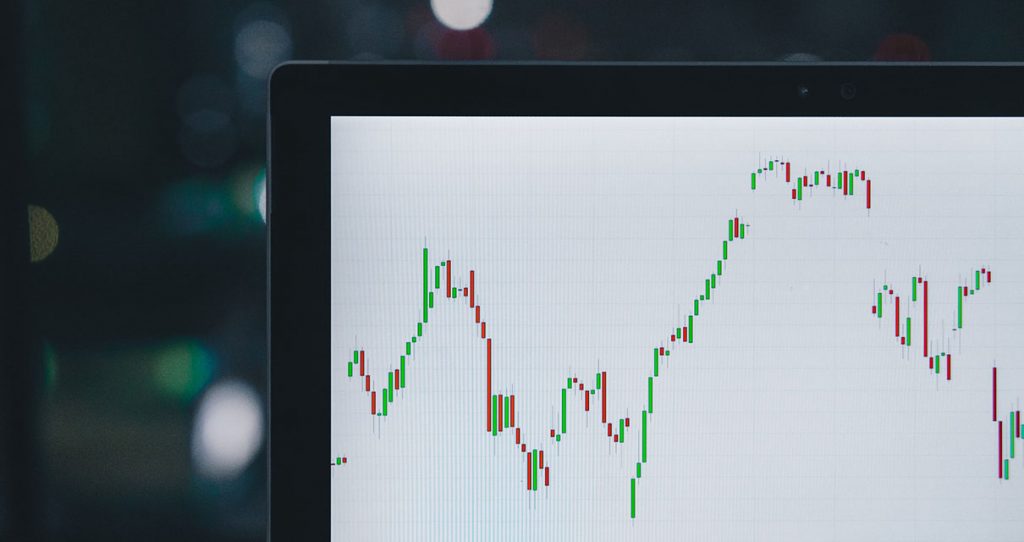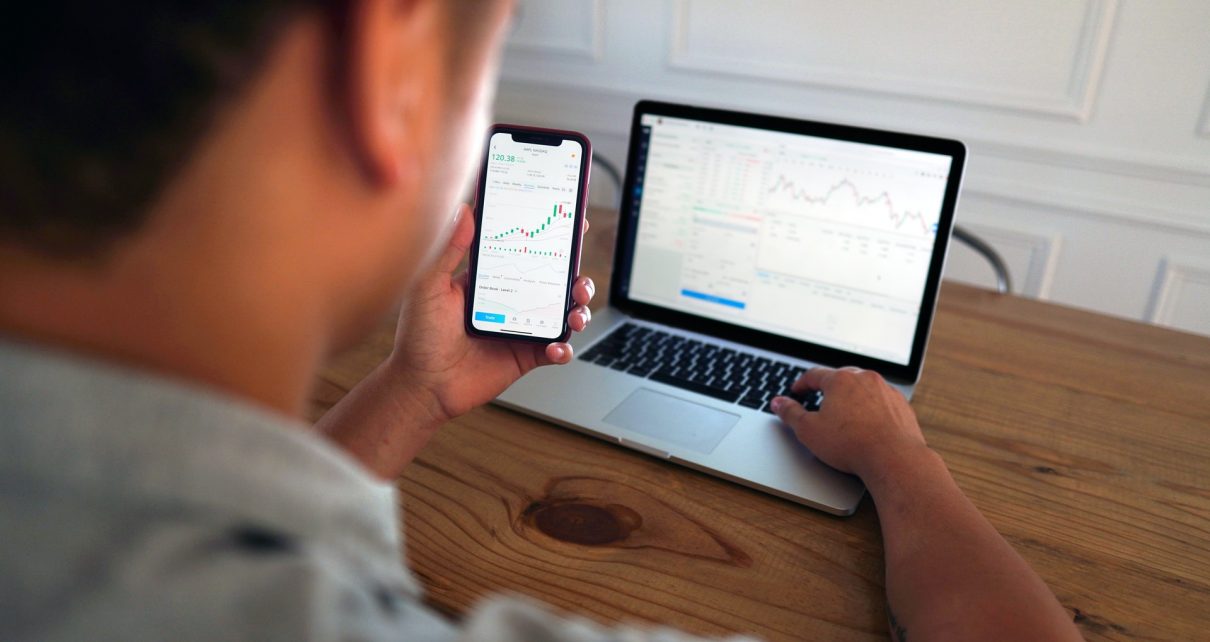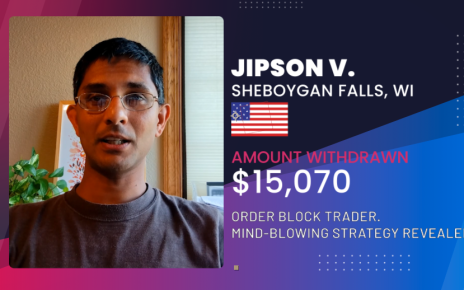Among all the terms specific to the trading lingo, stop-loss is perhaps the most important one to know. Many successful traders can’t imagine their short- and long-term strategies without using stop-loss.
Suppose you are serious about taking your trading career to the next level. In that case, you should consider learning everything about stop-loss and how to incorporate it into your strategies.
To understand its importance, you first need to learn what stop-loss is. So let’s try to shed some light on this subject.
What is a stop-loss?

Stop-loss is a market order, and it refers to closing a losing position once the stock price comes down to a specific number. This sounds confusing, but there is no better way to explain it than to provide an example.
Imagine you are interested in trading stock X, which you’ve bought at $40. If you hold the stock while the price keeps going down, you are bound to lose money. However, you can close your losing position early and sell your stock once its price hits, let’s say, $35.
You can do it either manually or automatically. People who follow the prices in real-time and close trades manually once the prices start plummeting use the legacy method called mental stop.
Stop-loss doesn’t require you to do anything manually. Instead, you just set it at a specific price, and it will close your trade once the specified conditions have been met.
The last part covers using stop-loss with a long position; however, you can also use stop-loss with a short position. Here we are talking about a buy market order which is, in short, when a stock price aligns with the pre-specified price, and an automated response buys it for you immediately.
Stop-loss is just a directive that stays inactive, and for it to become a market order, the stock price has to go over or under a pre-specified value to trigger it into action.
Why is stop-loss necessary?
Going through the definition of stop-loss probably gave you some ideas of why it is essential. Nevertheless, let’s be more specific.
Minimize your losses!
First and foremost, stop-loss is the best way to control your losses, especially if you are involved in volatile trades. You can never be 100% sure where the price of a particular commodity will go and how out of control the fluctuation will be. Stop-loss is there to help you address the risks, minimize losses, and secure your trading profits.
Better control over your finances!
Stop-loss also makes your risk management strategy more informed. How come? When you set a stop-loss action, you will know precisely how much cash you stand to lose if things go south. You can also calculate how much you are risking for every dollar you make.
Setting it up is free!
Furthermore, we are talking about a free insurance policy here. You won’t be charged anything for setting up a stop-loss operation. The commission only applies when stop-loss becomes a market order, and a trade is made.
Avoid emotion-based decisions!
You can use it to avoid making emotional decisions, such as doing a mental stop. What if the stock goes back up, but you got anxious because you were afraid its price would plummet even further? What if the stock price never goes up and wipes away most of your trading profits?
With stop-loss, you will take charge of your emotions and prevent them from clouding your judgment—regardless if the feelings are positive or negative.
Stay true to your strategy!
Confidence is a trait commonly found in successful investors. Stop-loss can help you build self-confidence and stay true to your strategy. When you take away the emotions and know that there is a safety net to prevent huge losses, you will remain focused and see your plan through to the end without disruptions.
You can make more money!
Stop-loss is also important because it can help you to lock in profits. This will be explained in more detail when we dive deeper into types of stop-losses, specifically a trailing stop.
The main types of stop-losses

Now you understand the importance of using stop-losses, let’s see what types of stop-losses are at your disposal. Traders use them in different ways, which resulted in a few distinct types of stop-losses.
Chart stop
If you hear investors talking about using stop-loss, chances are they are talking about chart stop. It is by far the most commonly used type of stop-losses. Chart stop is based on technical levels of the chart, such as patterns, Fibonacci sequences, resistance, and support zones. If an appropriate chart level breaks, you will automatically sell the stock and exit the trade.
Volatility stop
As the name suggests, the Volatility stop is tied to the volatility of the goods you are trading. Thus, a volatility stop can help you minimize the losses if you are trading instruments with a price that rapidly changes over a given period.
Volatility stops are usually set along with technical indicators such as Bollinger Bands and Average True Range. You can place it just outside the Bands or outside the average range.
Time stop
Time stop will enable you to close a trade after a pre-specified period runs out. The time stop is helpful to both day and swing traders. For example, you can set a time stop to close all trades after the trading day or by the end of a specific day trading session.
Percentage stop
Percentage stop is great if you want to limit the total risk of all your single trades and protect your trading account. It’s straightforward—let’s say you are willing to risk 5% of your trading account in a trade. If your account is $10,000, you set a percentage stop at $500, and you are ready to go.
Trailing stop
Trailing stop is the only dynamic stop-loss available to you. It will move the stop-loss level as the financial instrument’s price starts to move in your favor. Once the price starts to go in the opposite direction, the trailing stop will set the stop loss at the most recent level—this stop-loss type is excellent for locking in profits and limiting losses.
How to use stop-losses in your trading strategies
In the end, we have some neat strategies you can use to benefit from different types of stop-losses:
- Identify the most important resistance and support zones before you use chart stops. However, don’t put chart stops directly on the levels. Put them slightly below or above to prevent fake breakouts triggering your stop-loss;
- If you love to follow trends, then trailing stops are your best pick. The best way to use it is to set a trailing stop at the level of average market correction;
- To use stop-loss to calculate your position relative to the risk, you need to set up your position size to get the desired pip-value.
Using stop-loss is imperative if you want to take your trading game to the next level. It is a completely free thing to do and offers so many benefits. It will help you make informed decisions, minimize your losses, build more confidence, prevent emotions from clouding your judgment, and ultimately make more money.
Do you feel you possess everything to become a successful trader and know how to use stop-loss to improve your trading strategy but don’t have enough money to kickstart your career? Here, at OneUp Trader, you can get evaluated super fast, prove that you have the potential, and we will hook you up with our funding partners!





